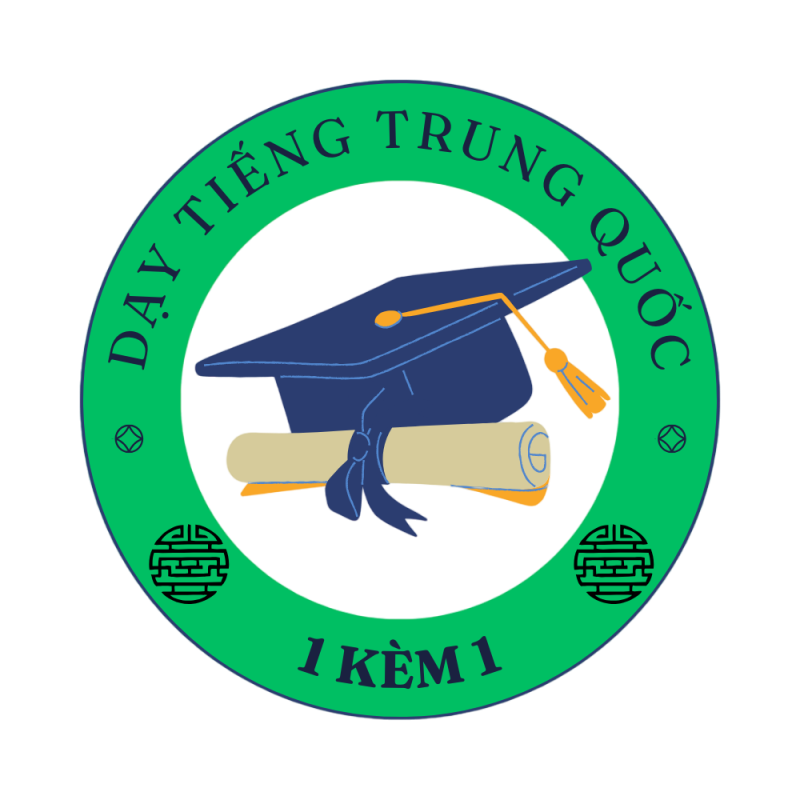Chưa được phân loại
# The Evolution of American Biker Culture
The biker lifestyle in the US symbolizes a paradoxical fusion of individualism and collective identity, stemming from mid-20th century transformations. Transitioning from military service to civilian roadways, steel horses transformed into mechanical expressions of autonomy, transporting both countercultural ideals alongside corporate commodification[5][10][17].
## Historical Foundations https://usabikers.net/
### Post-War Origins
The modern biker identity emerged following the psychological aftermath of global warfare. Military personnel familiar with the camaraderie of unit life sought replacement social structures, giving rise to pioneering clubs such as the Market Street Commandos and Hells Angels precursors[5][13][17]. Harley-Davidson and Indian motorcycles, that saw military service, evolved from tactical vehicles to identity markers, fostering enduring corporate allegiance[5][11].
The notorious “American Motorcycle Association riot” catapulted biker gangs onto front pages, when a massive gathering overwhelmed the small California town, resulting in urban chaos and police intervention. This episode cemented the antisocial motorcyclist image in popular imagination, despite most participants being mainstream motorcycling advocates[10][13][17].
## Influential Biker Groups
### Legal vs. Extra-Legal Groups
The nation’s largest riding organization originally functioned as the governing body for competitive racing and touring events. Yet, its early exclusionary policies—prohibiting non-white participants for decades—fueled the emergence of parallel organizations that rejected traditional hierarchies[11][13].
The “Big Four” motorcycle gangs emerged as key players in this counterculture:
1. Hells Angels Motorcycle Club[2][3][10]
2. Established 1935 in Chicago[3][10][13]
3. East Coast secretive brotherhood[8][10]
4. Texas-born international network[3][10]
Such organizations function via formalized leadership roles featuring titled leadership roles, with clubhouses often serving as symbolic territorial markers[10][13]. Despite media portrayals of lawlessness, numerous local groups participate actively in charitable initiatives like holiday gift drives[8][10][15].
## Societal Influence and Transformation
### From Silver Screen to Fashion Runways
The biker archetype infuses US media landscapes, from Marlon Brando’s iconic 1953 performance through contemporary streaming series. This cultural permeation manifests in:
– Apparel styles: Distinctive biker attire marketed through brands like Biker Life USA and Bikers Lifestyle[4][12]
– Soundtrack associations: Cross-genre musical connections adopting motorcycle-inspired visuals
– Literary works: Journalistic exposes and fictionalized accounts[1][6]
Recent sociological analyses emphasize the inherent contradiction of modern biker culture: both rejecting mainstream values while being heavily commercialized via corporate sponsorships of major rallies[1][7][12].
## Contemporary Landscape and Challenges
### Current Trends and Future Directions
Annual rider gatherings remains a cornerstone of American biker culture, with 2025’s major rallies including:
– Daytona Bike Week (Florida)[7][15]
– Historic Black Hills convergence[7][15]
– Arizona Bike Week (Scottsdale)[7]
Developing phenomena reconfigure rider demographics:
– Growing women’s involvement via organizations such as [2][8]
– Technological integration through GPS-guided rides and social media communities[7][15]
– Eco-friendly initiatives advocating electric motorcycle adoption[15][17]
Regulatory controversies continue, especially concerning:
– Gang-related criminal activity versus policing approaches[10][13][17]
– Ethical corporate partnerships despite controversial revenue sources[8][17]
– Commercial exploitation issues about biker imagery in mainstream fashion[4][12]
## Conclusion
American biker culture occupies a pivotal juncture, negotiating its rebellious origins with 21st-century commercialization. While new generations adopt electric motorcycles and digital communities, the fundamental spirit of freedom and brotherhood endures—now expressed through inclusive memberships and progressive values. The road ahead may involve greater legal oversight and continued cultural relevance, ensuring the perpetual role of two-wheeled culture within US national identity[5][10][17].
